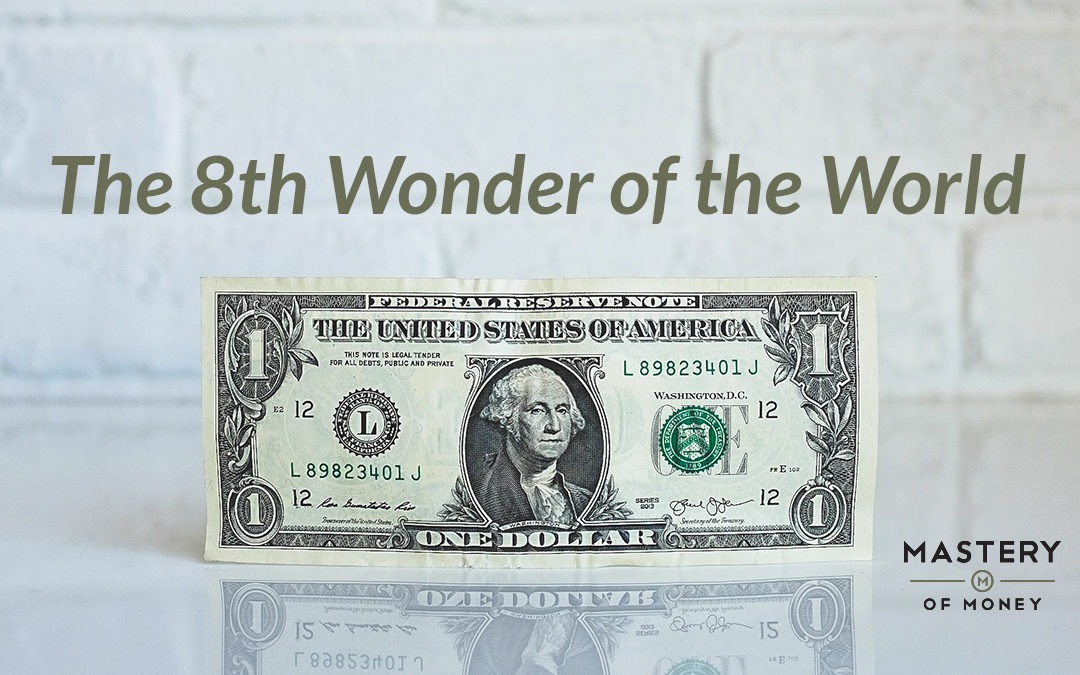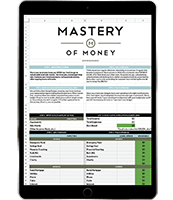by Andre Albritton
Can we all agree that to become wealthy it is a requirement to have money growing in your sleep? Whether you believe it or not, I consider it the main requirement for wealth. We all have the same 24 hours in the day compared to Beyonce. But some hours must go towards sleeping, eating, family or recreational time. What I’m coming to is that time, our most precious asset, is a limited asset that we do not get back. So, the time we have to earn money for the future is crucial.
Majority of people recognize the predicament and the financially smart individuals will take advantage of compound interest to earn money while dreaming about fighting in a zombie apocalyptic world. Compound interest is…well, it’s the 8th wonder of the world as several financial professionals will say. There are a few strategies to make compound interest work in favor compared to credit cards or auto loans. In this post, I’m going to list practical strategies and all of them are easy to start. Take advantage and take action.
What is Compound Interest?
Understanding compound interest is rather simple. Imagine a snowball rolling down the mountain and gathering more snow along the way until it’s a HUGE snowball. That is compound interest does with the money. The professional definition of compound interest is interest earned on money that was previously earned as interest.
For example, Jean-Paul deposit $200 in a savings account that pays 1% interest, compounding annually. At the end of the first year, he would get a $2 interest payment added to his $200 deposit, yielding a $202 balance. If there are no additional deposits, at the end of the next year he would earn 1% on the new $202 balance, so you’d get $2.02 in interest at the 1% rate, a penny more than the previous year, bringing the balance to $204.02. The next year, you will earn interest based on the new, higher balance. This continues as long as the account remains open. The interest earned on an account is building on the deposit plus the interest.
Finding a Savings Account
Finding a high yield savings account or money market account have a great history of offering higher interest rates compared to a mortar bank like Bank of America or Wells Fargo. Value Penguin did the research when it comes to online vs mortar bank rates, click here for more information. The model strategy to take advantage of is to store an emergency fund inside a high yield savings account which serves two purposes:
- By choosing a second bank solely for an emergency fund the money has an extra obstacle to help battle sticky fingers. Emergency funds should be liquid but shouldn’t have easy access.
- The money will keep up better with inflation compared to a mortar bank. Inflation rates are still outpacing high-yield savings account but at the end of the day, something is better than nothing.
Bottom line is if money will be sitting in an account it needs to be working hardest as possible which will likely be done in a money market or high-yield savings account.
So Now What? Pay Down Debt!
Yes, this may not be exactly investing like Wolf of Wall Street however you can take advantage of paying down debt. With any type of loan, you can expect the loan holder is making more money off of the lender with compound interest. This concept explains why the balance on your student loan or credit card account increases over time, even if you don’t borrow more money. Remember that there are two people involved with compound interest, the person who is making money and the person who is paying money.
Being on the receiving end is ideal so only naturally paying off debt will take you off the “paying end.” Consider paying down high-interest debt first and you will save more money over the long haul. Credit cards, payday loans, auto loans, and unsecured debt accounts will have the higher interest that should be paid down. Student loans will use compound interest, but the majority of mortgages do not and will use simple interest instead.
What Else? Dividend Reinvestment Program (DRIP)
A Dividend Reinvestment Program or DRIP for short can be an amazing tool for investors who are investing for the long haul. And even though there is no interest rate involved when it comes to stocks this is still a type of compound interest growth. The concept is very simple, the DRIP will automatically invest stock dividends to purchase more of the same stock.
To serve as an example, imagine buying a $10 company stock with a $2 annual dividend. Each year the dividend is invested into buying more of the company stock infractions. Over 5 years the investor will have 1 full stock and ideally, the company will continue to grow. Other benefits for this strategy are commission-free for the dividend being reinvested and investors can relax knowing the strategy is on autopilot.
Two disadvantages are the obvious lack of choice as the DRIP can only buy the same stock and tax implications on the dividend. Best to check with a financial advisor to make sure the strategy is a good fit and will help toward financial goals.
The Bottom Line
A wealthy mindset already understands that time is a valuable resource we don’t ever get back.
A 20-year-old looking to retire at age 65 needs to save $362.31 each month to become a millionaire assuming a 6% annual growth in the markets. The same individual if they wait 10 years to start saving, the monthly amount increases to $701.33 per month. Time plays a big factor and if you take anything away from this post take away that fact. The sooner an individual implements one of the above strategies, the more likely they are to earn more money without putting in physical labor.
Letting money run on autopilot is the American dream and a requirement for building wealth. As consumers who want to be financially savvy adjusting yourself on the receiving end of compound interest should be an ongoing thought. Thinking long term does, after all, pay off in the end.
This post was written by Andre Albritton, President and Founder of The Millennials Next Door (http://tmndfinance.com). Andre is a Millennial Finance Coach, Personal Finance Expert & Speaker based in the greater Atlanta area.




